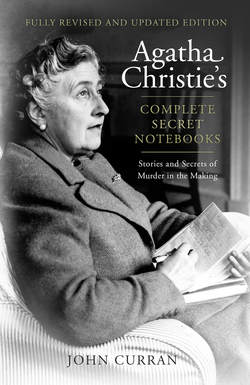Читать книгу Agatha Christie’s Complete Secret Notebooks - Агата Кристи, Agatha Christie, Detection Club The - Страница 43
THE RULES OF DETECTIVE FICTION – POE, KNOX, VAN DINE Edgar Allan Poe: inventor of the detective story
ОглавлениеIn April 1841 the American periodical Graham’s Magazine published Edgar Allan Poe’s ‘The Murders in the Rue Morgue’ and introduced a new literary form, the detective story. The unwritten ground-rules that distinguish detective fiction from other forms of crime writing – the thriller, the suspense story, the mystery story – were established in five Poe short stories. He pioneered:
The brilliant amateur detective
The less-than-brilliant narrator-friend
The wrongly suspected person
The sealed room
The unexpected solution
The ‘armchair detective’ and the application of pure reasoning
The interpretation of a code
The trail of false clues laid by the murderer
The unmasking of the least likely suspect
Psychological deduction
The most obvious solution
All of Poe’s pioneering initiatives were exploited by subsequent generations of crime writers and although many of those writers introduced variations on, and combinations of, them, no other writer ever established so many influential concepts. Christie, as we shall see, exploited them to the full.
The first, and most important, of the Poe stories, ‘The Murders in the Rue Morgue’, incorporated the first five ideas above. The murder of a mother and daughter in a room locked from the inside is investigated by Chevalier C. Auguste Dupin, who, by logical deduction, arrives at a most unexpected solution, thereby proving the innocence of an arrested man; the story is narrated by his unnamed associate.
Although Poe is not one of the writers she mentions in An Autobiography as being an influence, Agatha Christie took his template of a murder and its investigation when she began to write The Mysterious Affair at Styles, 75 years later.
